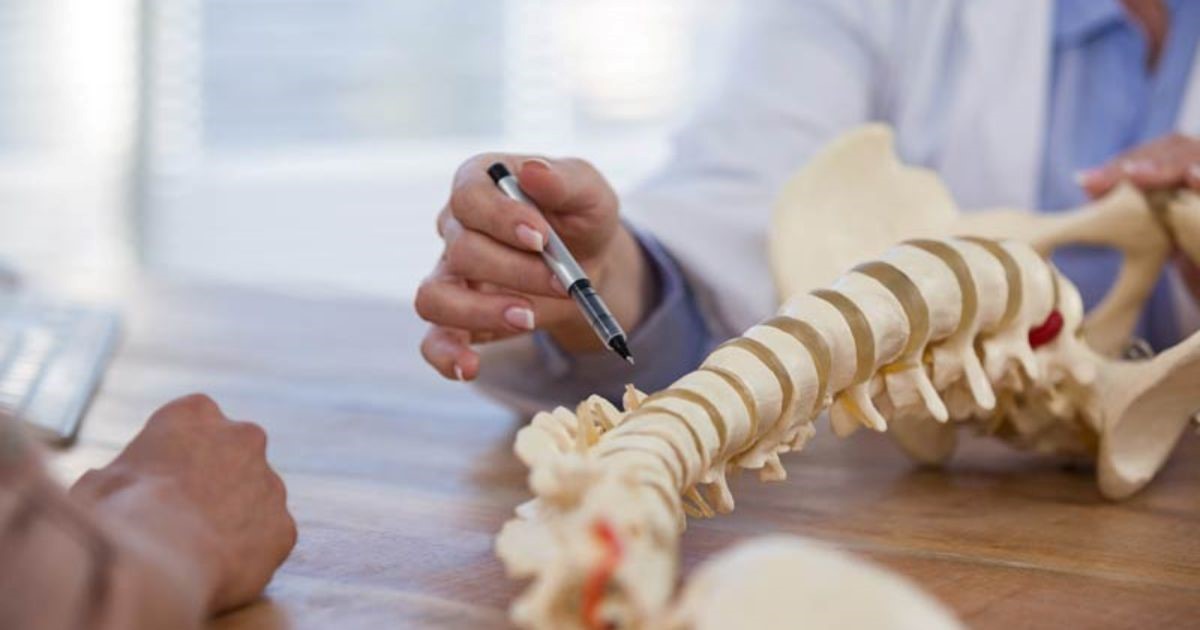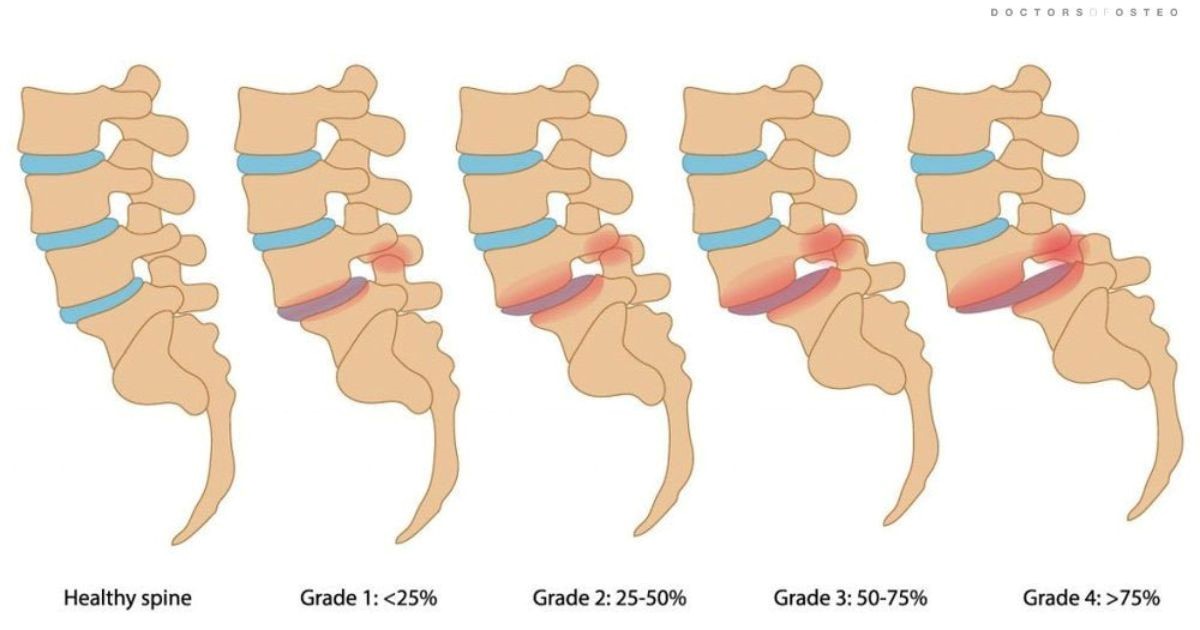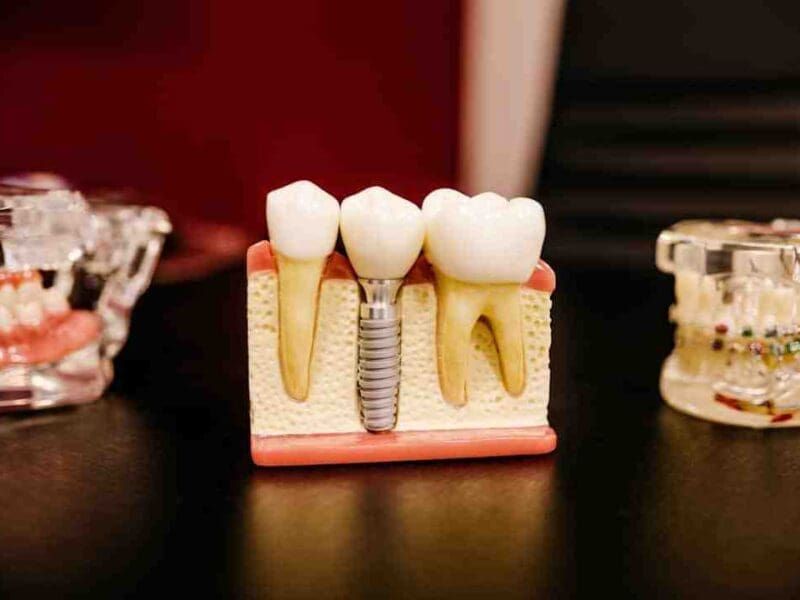
What is Anterolisthesis?
What is Anterolisthesis? It is when one vertebra slips forward on another in the spine. It is most common in the lower back but can also occur in the neck or mid-back. The amount of slippage can vary from mild to severe.
Causes of Anterolisthesis
The most common cause of anterolisthesis is a defect in the pars interarticularis, a small piece of bone connecting the two sides of a vertebra. This defect can be caused by several things, including:
- Trauma, such as a fall or car accident
- Repeated stress on the spine, such as from sports or heavy lifting
- Degenerative changes in the spine, such as arthritis
Symptoms of Anterolisthesis
The symptoms of anterolisthesis can vary depending on the severity of the slippage and the level of the spine involved. Common symptoms include:
- Back pain
- Leg pain
- Numbness or tingling in the legs
- Weakness in the legs
- Bowel or bladder problems
Diagnosis of Anterolisthesis
A doctor can diagnose anterolisthesis by performing a physical exam and ordering imaging tests, such as an X-ray, MRI, or CT scan. These tests can help to determine the extent of the slippage and whether any nerves are being pinched.

Treatment for Anterolisthesis
The treatment for anterolisthesis depends on the severity of the condition. Mild cases may be treated with non-surgical measures like rest, physical therapy, and pain medication. More severe cases may require surgery to correct the alignment of the vertebrae.
Prevention of Anterolisthesis
There is no sure way to prevent anterolisthesis, but there are some things you can do to reduce your risk, such as:
- Maintaining a healthy weight
- Exercising regularly
- Avoiding activities that put a lot of stress on your spine
- Wearing a back brace when lifting heavy objects
Outlook for Anterolisthesis
The outlook for people with anterolisthesis is generally good. Most people with mild cases can manage their symptoms with non-surgical treatment. More severe cases may require surgery, but the success rate for surgery is high. With proper treatment, most people with anterolisthesis can live everyday, active lives.
Additional Information
If you have any concerns about anterolisthesis, visit you Spineinfo.com They can help you determine the best treatment for your situation.







